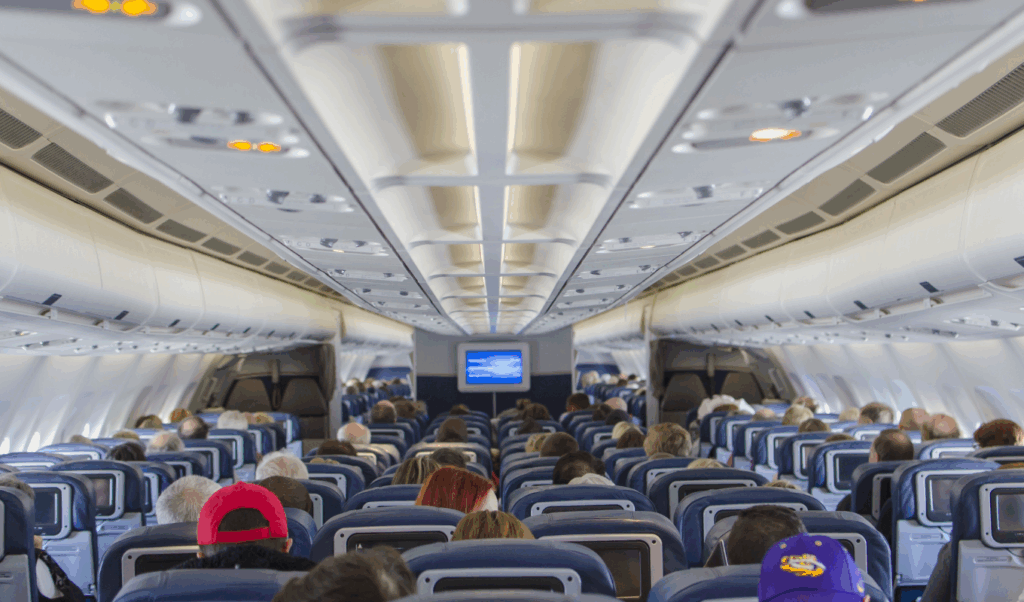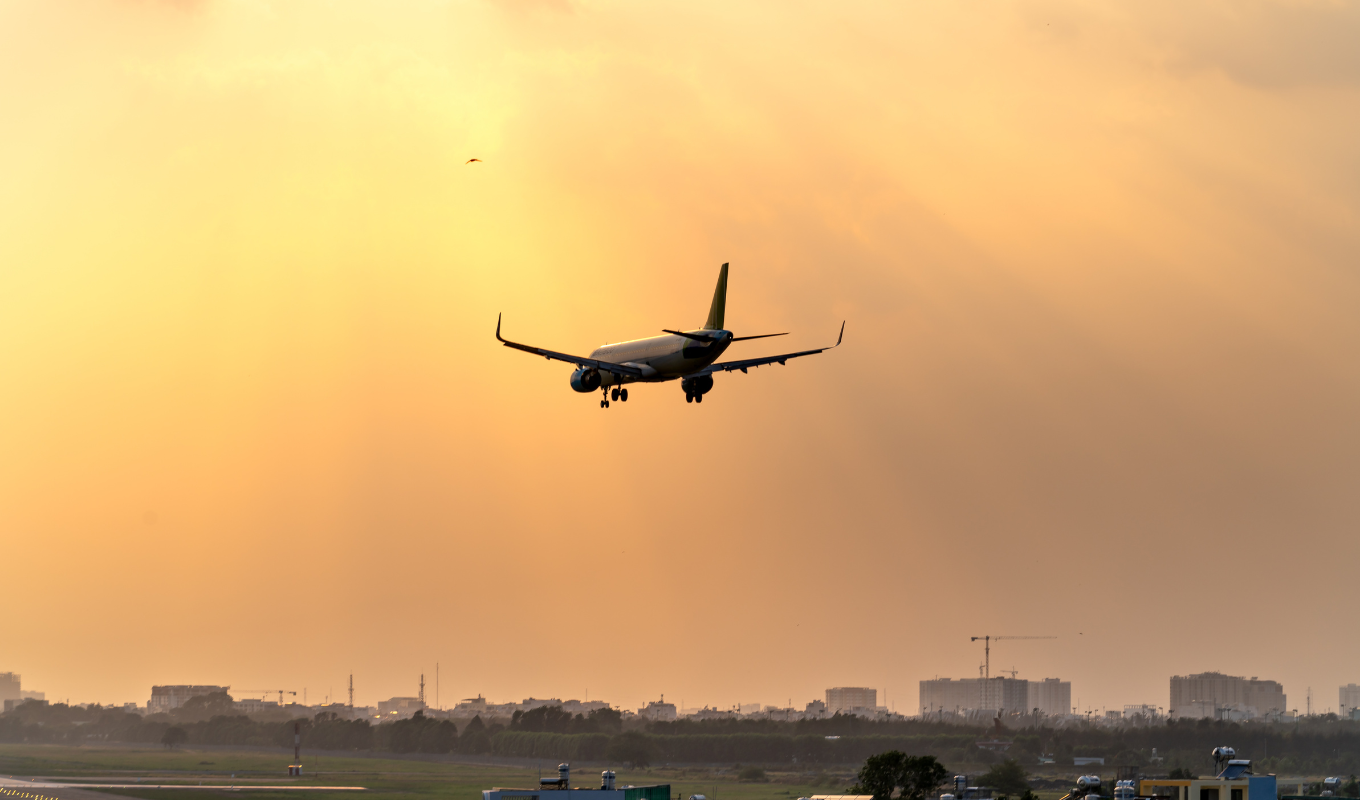Booking flights in 2026 is all about timing. Airlines constantly adjust prices based on demand, time of day, and even the device you’re using. Here’s what you need to know to save money:
- Evening is cheaper: Booking flights between 8:00 PM and 11:00 PM local time often yields better deals, especially midweek.
- Avoid mornings: Prices are usually higher in the morning due to business travelers.
- Time zones matter: Booking during off-peak hours in the airline’s home country can reveal lower fares.
- Forget myths: Old tricks like booking at midnight or clearing cookies don’t significantly affect prices anymore.
For the best savings, track prices over several days, use flight deal alerts, and stay flexible with your travel plans. Evening bookings and understanding time zone patterns are your best tools for finding affordable flights in 2026.
Best Times of Day to Book Flights: 2026 Data
Flight prices aren’t static – they shift throughout the day based on demand, competition, and other factors. This means timing can play a key role in securing a better deal.
Morning vs. Evening Booking Prices
If you’re booking flights early in the morning, be prepared for higher prices. Business travelers dominate this time, and airlines know they’re less price-sensitive. On the other hand, evening bookings often bring better deals, especially for leisure travelers hunting for discounts. Mid-week evenings, in particular, can be a sweet spot as airlines tweak fares based on market trends and demand patterns. These fluctuations also tie into how global time zones can impact pricing.
How Time Zones Impact Flight Deals
Airlines tend to structure promotions around their local business hours. This means that booking during off-peak hours in a specific region might reveal lower fares. For example, international carriers often align price adjustments with their domestic schedules. If you’re flexible and mindful of these time zone differences, you might uncover cheaper options – especially for long-haul flights.
Debunking Common Booking Myths
With dynamic pricing models, many long-standing booking myths no longer hold up. For instance, the belief that booking flights at midnight guarantees the lowest fares? That’s outdated. Similarly, sticking to a specific day of the week to book flights oversimplifies things in a world where prices are updated constantly.
Another myth revolves around browser cookies. Many travelers think clearing cookies or using incognito mode will lead to lower fares. However, studies show that any price differences from these practices are negligible and fall within the usual range of fluctuations. And while weekends were once considered more expensive for booking, recent trends show weekend fares now align closely with weekday prices.
Rather than chasing a “perfect” booking time, tracking prices over several days and staying flexible with your plans often yields better results.

Booking Days vs Times: What Matters More?
When it comes to saving on flights, both the day and time of booking play a role. However, recent trends suggest that the time of day – especially during evening hours – often has a bigger influence on fares than the specific day. Let’s break down how these factors compare.
Day vs Time Booking Comparison
Data shows that booking flights between 8:00 PM and 11:00 PM local time often leads to better deals. Airlines frequently release promotional fares in the evening, making this window particularly valuable for budget-conscious travelers.
While booking midweek can lead to modest savings on certain domestic routes, international flights tend to be more influenced by the booking time rather than the day. Ultimately, being flexible with both the day and time gives you the best chance to snag a great deal, tailored to your travel plans.
How Season and Route Change Best Booking Times
The season and type of route you’re flying can also affect whether the day or time matters more. For instance, during the busy summer travel months, booking on weekday evenings may offer better prices as airlines adjust to high demand. In contrast, during winter, early morning bookings might work better for domestic routes, as airlines update fares for the upcoming week. For international flights, evening bookings remain a strong strategy, no matter the season.
The length of your route also plays a role. Longer domestic flights tend to show clearer patterns tied to the day of booking, while shorter trips benefit more from focusing on the time of day. For international long-haul flights, timing your booking to off-peak periods in the destination’s time zone can sometimes yield lower prices.
At the end of the day, flexibility remains your best tool. Watching flight prices across a variety of days and times will help you find the sweet spot for booking – without being locked into rigid rules.

Flight Booking Tips for 2026
Make the most of your travel budget in 2026 with these smart booking strategies. These tips build on the evening and off-peak strategies mentioned earlier, helping you uncover even more savings.
Using Date Flexibility for Cheaper Flights
Being flexible with your travel dates can make a huge difference in your airfare costs. Instead of sticking to specific departure and return dates, try expanding your search by a few days before or after your preferred dates.
Many airlines now offer flexible date search tools that show price differences across a month. These calendars can help you pinpoint the most affordable days to fly. For international trips, adjusting your travel dates even slightly can lead to big savings.
Another way to save is by considering alternative airports. If you live near more than one airport, compare prices across all of them. Sometimes, driving a bit farther can mean paying a lot less. Don’t forget to sign up for flight deal alerts – these can notify you of limited-time discounts you might otherwise miss.
Flight Deal Alerts and Booking Tools
Flight deal alert services have become a must-have for frequent flyers in 2026. Services like Dollar Flight Club, which boasts over 3 million members, send out email and SMS alerts for discounted flights. These alerts have helped travelers save as much as 90% on both domestic and international trips.
Here are some real examples from 2025:
- San Francisco to Hawaii: $181 (73% off the usual $675)
- Boston to Amsterdam: $289 (64% off $815)
- Denver to New York: $59 (71% off $350)
Even for long-haul international flights, the savings are impressive:
- Seattle to Bali: $646 (46% off $1,200)
- Los Angeles to Tokyo: $499 (55% off $1,100)
These services are especially useful for catching mistake fares – those rare but incredible deals airlines sometimes release by accident. Since these fares often pop up during off-peak hours and disappear quickly, setting up alerts for multiple airports and being open to unexpected destinations can result in massive savings.
How to Track Flight Price Changes
In addition to alerts, tracking flight prices yourself can help you book at the perfect time. Start monitoring fares weeks in advance and take note of how prices change over time. This method can be especially helpful during busy travel seasons when deals can be harder to spot.
Use multiple price-tracking tools to get a clearer picture of trends for your chosen routes. Check prices at different times of day, particularly in the evening when airlines frequently update their inventory.
Seasonal patterns also play a big role in airfare pricing. Keep a simple log of prices you find – include details like the date, time, and booking platform. This record will help you identify when a fare is genuinely lower than usual. If you spot a price that’s better than the average, it’s often a good idea to book right away, especially during peak travel times.

Conclusion: Using 2025 Flight Booking Data
Based on the insights we’ve covered, timing and alerts are key tools for saving on airfare. Recent data suggests that booking flights in the evening often results in better prices compared to mornings. Plus, factoring in time zone differences can further tip the scales in your favor. Combining these strategies increases your chances of securing affordable tickets.
Preparing for Future Airline Price Changes
The ever-changing nature of airfare pricing means staying ahead with smart strategies. Start monitoring fares for your preferred routes about six to eight weeks before your travel date. This gives you enough time to spot real bargains and avoid being misled by temporary price spikes. Flexibility is also a game-changer – being open to different travel dates, airports, or even slightly longer itineraries can lead to significant savings. Travelers who treat their plans as adaptable rather than set in stone often snag the best deals.
Why Flight Deal Alerts Help Save Money
Constantly checking airfare for multiple routes can be exhausting – and you might still miss out on the best deals. That’s where services like Dollar Flight Club come in. Their members reportedly save up to 90% on airfare thanks to alerts for mistake fares, flash sales, and other limited-time offers. These deals often pop up during off-peak hours when fewer people are searching, and the alerts ensure you’re notified right away.
Speed matters when it comes to grabbing these fleeting discounts. Automated alerts allow you to act immediately as soon as a deal is found, which is especially crucial for international flights where prices can swing dramatically. This instant notification system ensures you don’t miss out on affordable fares.
FAQs
How do time zones influence flight prices, and how can I use this to save money?
Time zones can play a surprising role in flight prices, thanks to regional demand and airline pricing strategies. Flights scheduled during off-peak hours – like early mornings or late nights – tend to be more budget-friendly since fewer people prefer to travel at those times.
If you’re looking to save, try booking flights that align with off-peak hours in the departure region’s time zone. Another tip? Plan ahead. For domestic trips, aim to buy tickets 1 to 3 months in advance, while international travel often sees better deals 2 to 6 months ahead. Airlines adjust prices based on demand, so timing your purchase right can make a big difference.
Why is booking flights in the evening often recommended, and are there any exceptions?
Booking flights in the evening is often a smart move since airlines tend to tweak prices throughout the day based on demand and how many seats are left. If you’re looking to save even more, Sundays might be your golden day. Research shows you could snag 6% off domestic flights and 17% off international flights on average.
That said, there are no hard-and-fast rules. Flash sales, time-sensitive promotions, or shifts in seat availability can pop up at any time. Because ticket prices are constantly changing, the absolute best time to book can depend on factors like your destination, the season, and how fiercely airlines are competing on that route.
How can I track flight prices to find the best deals?
To keep an eye on flight prices, take advantage of tools like price alert services and fare trackers that notify you about changes. Platforms like Google Flights and Skyscanner make it easy to monitor specific routes and dates, sending you updates whenever fares drop. Some of these tools even analyze historical data to suggest the best times to book.
For the best results, set up alerts on multiple platforms. This way, you’ll stay updated on price trends and increase your chances of grabbing a great deal. Being flexible with your travel dates and planning your booking well in advance can also lead to significant savings.










